Should You Get a Dental Crown After Tooth Fillings? Tooth decay is a common dental issue that not only causes pain and affects chewing function but also impacts the aesthetics of the teeth. To address this condition, two common dental techniques are used: dental fillings and dental crowns. So, Should You Get a Dental Crown After Tooth Fillings?
The Dental Crown Technique
Tooth decay is a common dental problem that not only causes pain and affects chewing function but also diminishes the aesthetics of the teeth. To address this issue, two commonly used dental techniques are dental fillings and dental crowns.
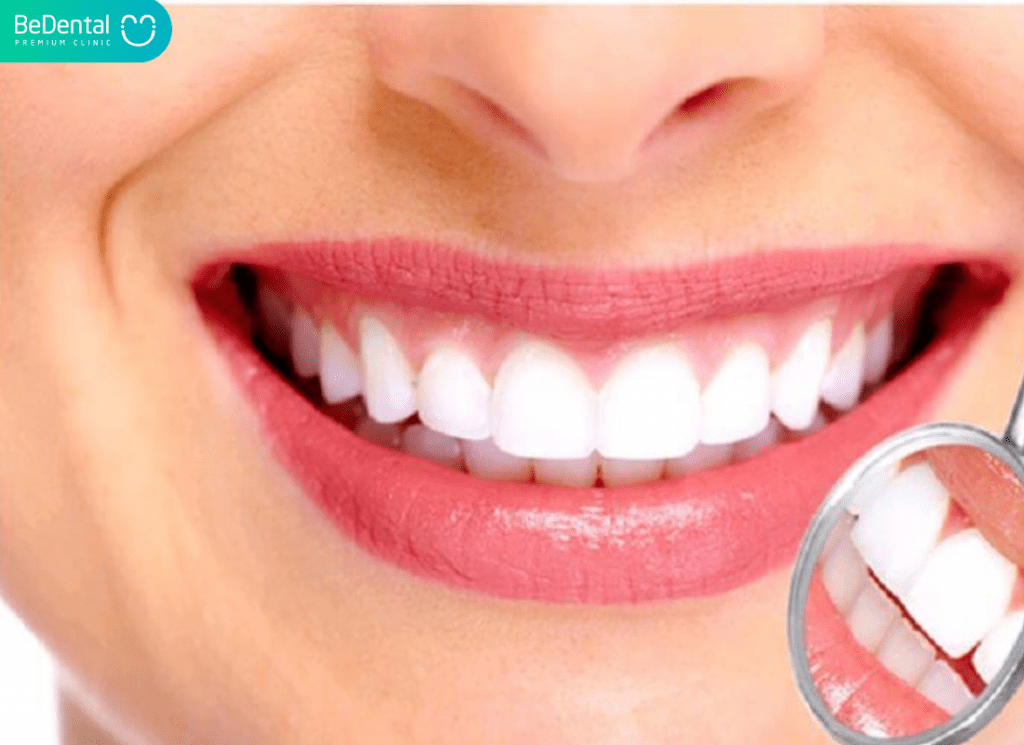
The dental crown method is a modern tooth restoration technique applied in today’s dentistry. By trimming a layer of the outer tooth to form small stumps, a crown will be placed over the tooth. Dental crowns not only enhance the aesthetics of the tooth but also protect the natural tooth underneath, preventing further dental issues. In cases of severe tooth decay, the dentist will perform a root canal treatment before placing the crown to protect the tooth inside.
For front teeth or teeth that are visible, choosing a full ceramic crown can prevent gum line discoloration and offers greater durability, facilitating chewing.
However, whether to use the crown technique or fillings depends on the extent of the decay and the tooth’s ability to recover. The principle of preserving the natural tooth is always prioritized. Only when the original tooth cannot be saved should the crown technique be considered as the final solution.
The Dental Filling Technique
Another dental technique for treating tooth decay is fillings. This method has been around for a long time and uses specialized materials like Amalgam or Composite to fill in the decayed area. This helps restore the tooth’s aesthetics and prevents the disease from recurring.
Nowadays, Composite material is often chosen for fillings because it matches the natural color of the teeth, making it less noticeable. Composite fillings are also sturdy, not easily dislodged, and do not alter the tooth’s structure like other materials. In contrast, Amalgam material can darken the tooth and cause oral allergies.
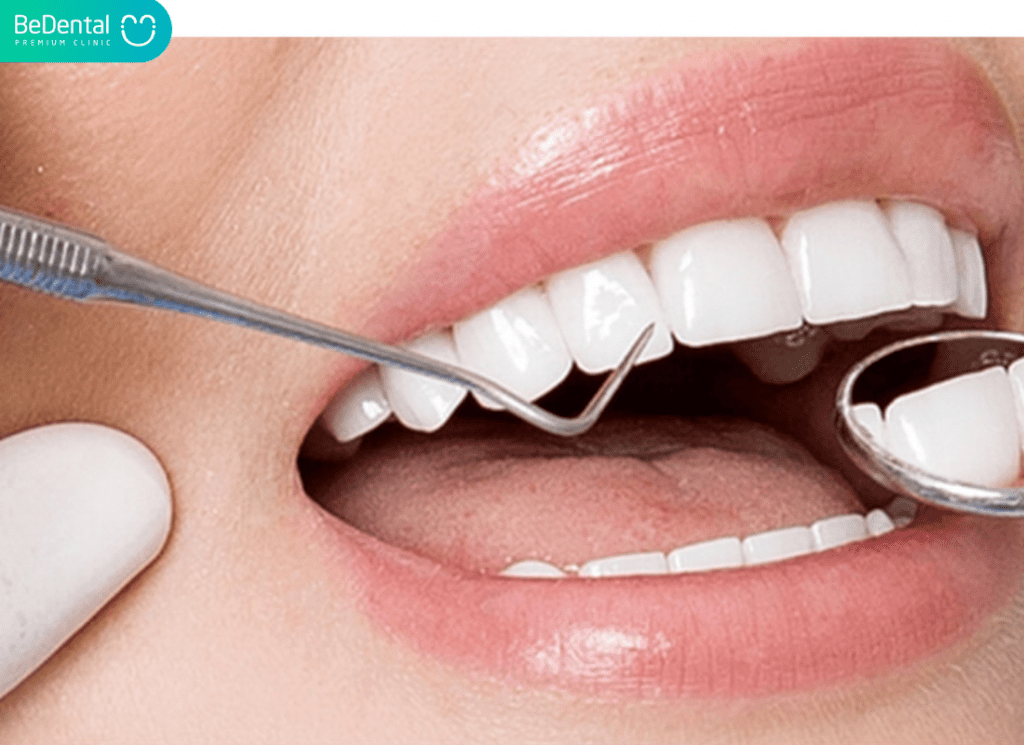
Should You Get a Dental Crown After Tooth Fillings?
Tooth decay is a common dental disease, and the risk of developing it is quite high. The signs of tooth decay include small black spots on the tooth’s surface, where bacteria that cause decay reside. These bacteria grow and penetrate the tooth structure, damaging the tooth and causing tooth loss.
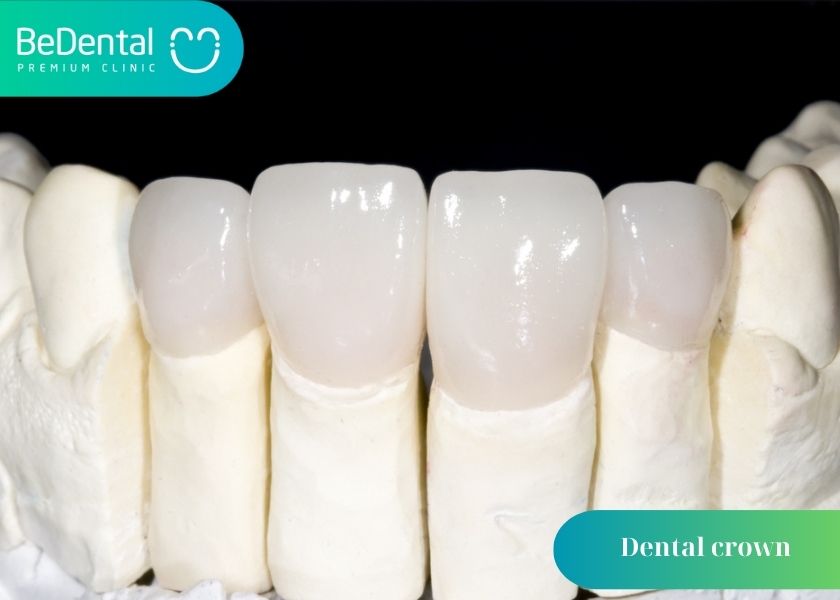
The main cause of tooth decay is a diet high in starch and sugar, combined with ineffective oral hygiene. Currently, two common methods for restoring decayed teeth are fillings and crowns.
Both fillings and crowns serve the function of restoring decayed teeth, treating decay, and improving the tooth’s aesthetics. The choice of method depends on the extent of the decay after cleaning the cavity. When tooth decay is in its early stages and the tooth is not severely damaged, fillings are a suitable method to prevent bacteria from entering the tooth.
However, fillings are not a permanent solution for ending tooth decay; they only temporarily limit the decay’s progression for a short time. After some time, the filling may come loose due to impacts or the pressure from chewing or acids in food. At that point, bacteria can re-enter the old cavity, causing further tooth problems.
See more: Bleeding gums and 9 ways to cure at home – Be Dental
Therefore, in cases where the tooth has undergone a root canal treatment and fillings, the tooth may become brittle and prone to breakage. In this case, dental crowns are recommended to protect the tooth from bacteria and extend the tooth’s lifespan compared to fillings.
Currently, crowns are considered the best solution for treating tooth decay. However, not all cases of tooth decay are suitable for crowns. The condition for crown placement is that the decayed tooth still has enough remaining structure and that the oral health is in good condition.
In short, Should You Get a Dental Crown After Tooth Fillings? Yes, you can get a crown after filling a tooth to address issues with the filling being damaged or not meeting quality standards. The crown replaces the old filling, offering better protection for the tooth and improving both the shape and color of the natural tooth.
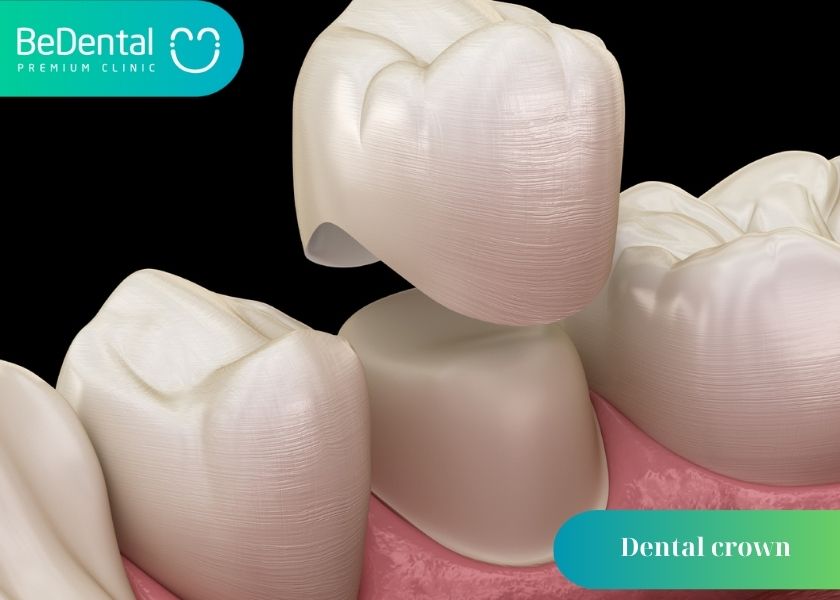
Situations Where Replacing a Filling with a Crown is Recommended:
- Painful filled tooth: If the filling is not effective, the tooth may become damaged or painful after the procedure.
- Discolored filled tooth: The filling may become yellow or stained over time due to food and drink.
- Damaged filling: If the filling is cracked, dislodged, or partially missing, crowning the tooth may be the best solution to fix and protect the tooth.
- Filled tooth with poor function: If the filled tooth does not chew well or does not perform its biting function, crowning may help restore the tooth’s function.
When Should You Consider Crowning a Tooth?
See more: Plaque and tartar – What you need to know? – Be Dental
Crowns for decayed teeth:
When tooth decay affects the sides and chewing surfaces of the tooth, and fillings are not effective, crowns are the best solution. Crowning decayed teeth restores chewing function, supports the bite, and ensures the tooth’s strength and durability.
Crowns after root canal treatment:
When the tooth’s pulp system is inflamed or infected, it must be treated promptly to eliminate all bacteria and seal the tooth. After that, the dentist will crown the tooth to preserve it and maintain the strong structure of the tooth’s hard tissue.
Crowns for unevenly sized teeth:
In cases of unevenly sized teeth or slight misalignment, crowns can reshape the teeth and adjust the dental arch for a more even appearance. The crown procedure is faster and reduces treatment time compared to braces.
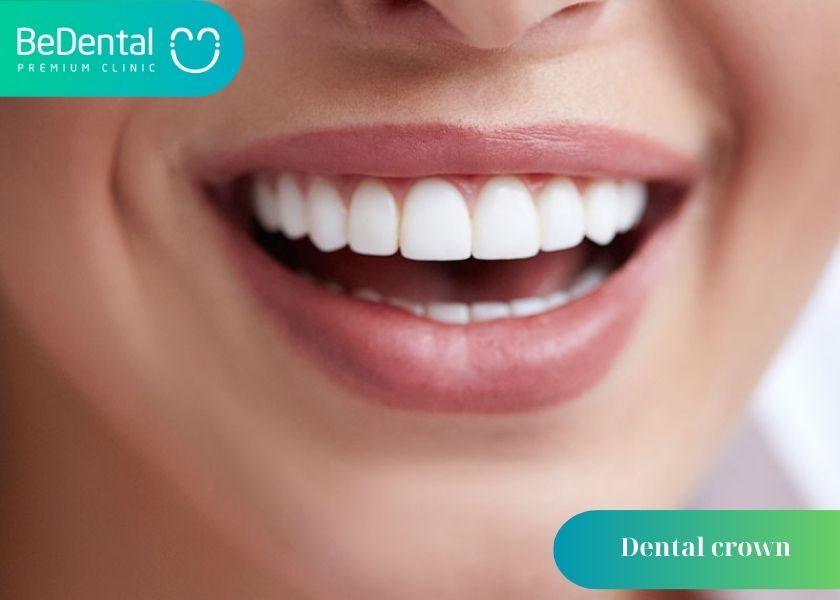
Crowns for protruding or recessed teeth:
The degree of protrusion or recession determines the treatment method. In cases of slight misalignment, not caused by jaw issues, full-mouth crowns can improve the aesthetics of the entire dental arch, quickly correcting the imperfections.
Crowns for spaced teeth:
When teeth are spaced far apart or have large gaps, crowns can correct this issue. The natural teeth are trimmed and then crowned with ceramic teeth that match in size and color, balancing the spacing between teeth and effectively addressing the gaps.
Crowns for discolored teeth:
For teeth that are discolored, yellowed, or severely stained from antibiotics, teeth whitening methods may not be effective. Crowning discolored teeth is a perfect aesthetic solution, completely transforming the unsightly exterior of the teeth and making them white and beautiful.
See more: ALL YOU NEED TO KNOW ABOUT VENUS PORCELAIN DENTAL CROWNS
Before deciding to replace a filling with a crown, consult with a professional dentist. The dentist will examine your tooth and provide advice tailored to your specific situation.
This article shared by BeDental discusses the topic “Should You Get a Dental Crown After Tooth Fillings?” If you have any questions, feel free to contact us for detailed answers!
Tư vấn chuyên môn bài viết:
BÁC SĨ DƯƠNG THỊ THÙY NGA





